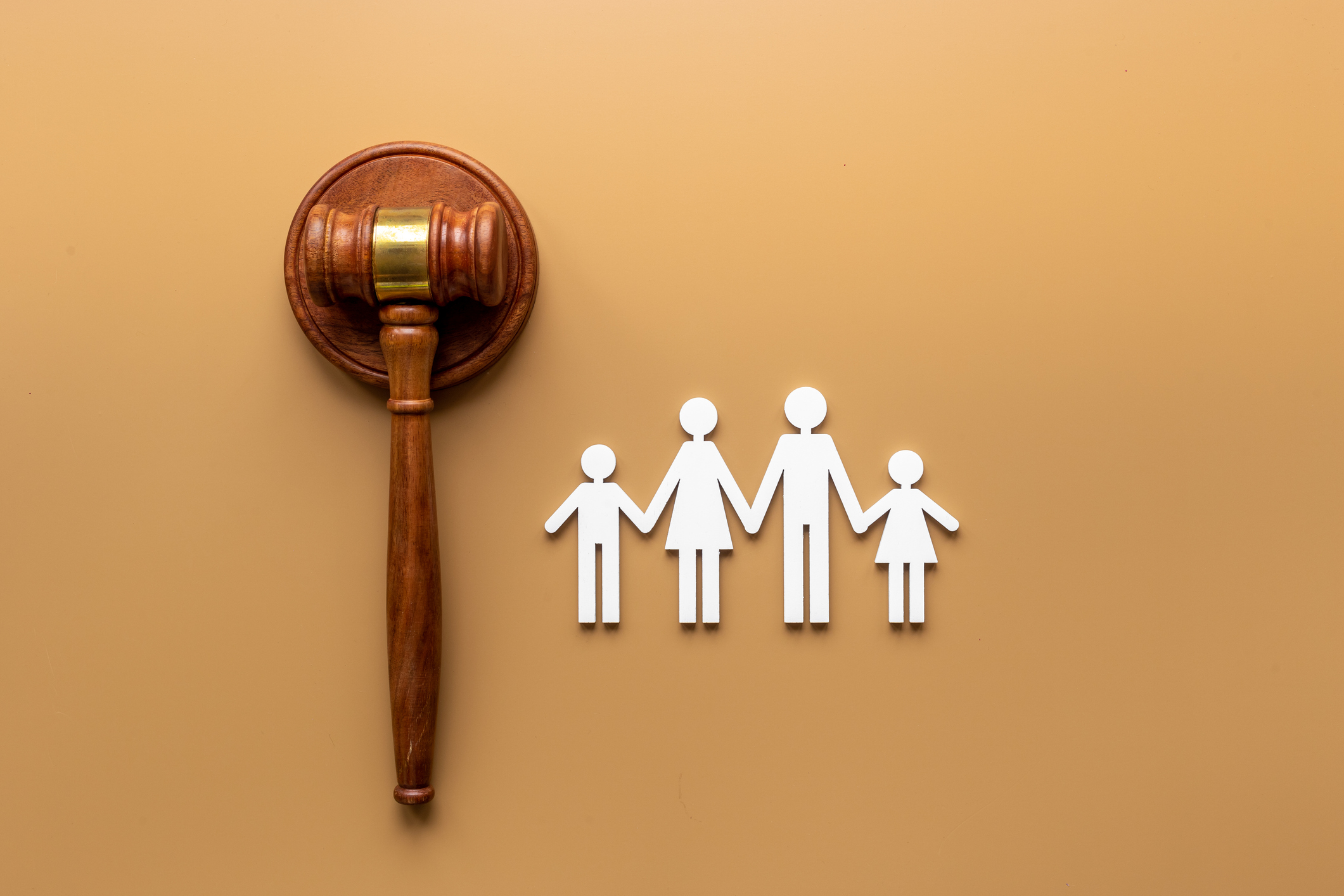
Menu

But transferring what we owned in life to our surviving kin in death is easier said than done. We cannot hold onto much of what we own after we die. Condos and homes aren’t the property of the dead, and beyond what we literally take into the grave, every material possession under our name must eventually belong to someone else. This goes for tablecloths and family heirlooms, just as it goes for bank account sums, investment vehicles, and cars. Enter the family trust.
Family trusts are an alternative way to bequeath assets versus a regular will or dying intestate (without an estate plan). But they can get complex and expensive and aren’t always necessary (or worth it). Understanding how a family trust is set up, what it can and cannot do, and why family trusts are a popular bequeathment method may help you better understand what actions you might want to take to secure your family’s financial future before you die.
A family trust is a trust built for the explicit purpose of holding, growing, and distributing wealth to one’s relatives and family after death. As with any other trust, there are two main concepts at work: the trust document and the trust entity. The trust document creates and defines the trust entity, which exists as its own legal entity, and acts as a vessel for all assets and property funded into it. One cannot exist without the other. Trust documents are best drafted by an estate planning professional, often an attorney.
These are complicated legal documents that differ in contents and requirements from state to state and case to case. Certain trusts are better equipped to manage wealth over multiple generations, while others aim only to ensure that wealth is accurately distributed between one’s surviving spouse, children, and grandchildren. Some trusts are built to benefit both family and charity, while others exist to help create an air-tight safety net for a descendent with special needs.
Yet despite these fine-tuned features, all trust documents outline a relatively simple relationship between three parties: the grantor, the trustee, and the beneficiaries. These need not be three separate people (valid reasons for creating a trust that ultimately distributes itself back into your pockets). Still, family trusts generally have a separate grantor, trustee, and set of beneficiaries. The grantor or trustor creates the trust. It is usually under their name that the trust is built and funded. Many trust entities take on the grantor's name, become Jane Doe’s trust, for example.
To serve the family's interests, all family trusts generally exist to secure the grantor’s assets and manage them in their absence, incapacity, or death, before distributing them among the family (as per the trust document). All trusts are either revocable or irrevocable. The difference is that one can be amended while the other (technically) cannot. The benefit of a revocable trust is its flexibility.
You retain control over the assets in the trust during your lifetime while preserving the benefits of assigning beneficiaries to your assets upon death. Your trust can also be amended as your opinions and concerns change over the years. The benefit of an irrevocable trust is that it offers the grantor more distance and less control over their trust. This is helpful when an argument must be made that the grantor is removed from their assets (for tax purposes, ethics, asset protection, etc.).
All of this might sound an awful lot like a more complicated will, but there are distinct advantages to setting up a family trust.
Trusts can also be written to avoid a hefty tax rate on death by combining spouse tax exemption limits (AB trusts). Irrevocable trusts can be used to provide a greater degree of separation between the grantor and their assets, keeping them safe from creditors until they are transferred to their designated beneficiaries. Where a will is read, legitimized, and executed in court through a probate judge and an executor, trustees can manage and resolve trusts over the course of decades, following the instructions within the trust until the beneficiaries reach certain goals or achieve certain conditions.
Of course, now the question becomes, what’s next? Under most circumstances, setting up a trust alone won’t be enough to have a comprehensive estate plan. There are other contingencies to prepare, such as living wills, medical directives, power of attorney documents in case of incapacity, and turnover wills to ensure that any assets left unaccounted for in death are transferred into their appropriate trusts before probate. While trusts are flexible and useful, they aren’t always necessary. If you are interested in a trust, be sure to consult an estate planning professional and inquire about alternatives.
Founded in 1975 by L. Rob Werner and serving California for over 48 years, our dedicated attorneys are available for clients, friends, and family members to receive the legal help they need and deserve. You can trust in our experience and reputation to help navigate you through your unique legal matters.
Whether you need help creating a living trust or navigating probate, our living trust law firm's compassionate team of estate planning lawyers and probate lawyers are here to help you and ready to answer your questions.
Our goal is to make your case as easy as possible for you. Hiring a lawyer can be a daunting task, but it doesn’t have to be. From the moment you contact our firm, through the final resolution of your case, our goal is to make the process easy and understandable. We cannot change the fact that probate is a long and complicated process, but through our Werner Law Firm Difference, we strive to go out of our way to keep you informed of your case through every step of the way. We are constantly refining our processes and procedures for a more streamlined and calm client experience. Our goal is to have you feel like a burden was lifted from your shoulders, and that we made the whole process an easy one
If you're dealing with a legal matter, we urge you to schedule a free initial appointment today and join the many satisfied clients who have contacted Werner Law Firm.

23 Corporate Plaza Dr., Suite 150
Newport Beach, California 92660
